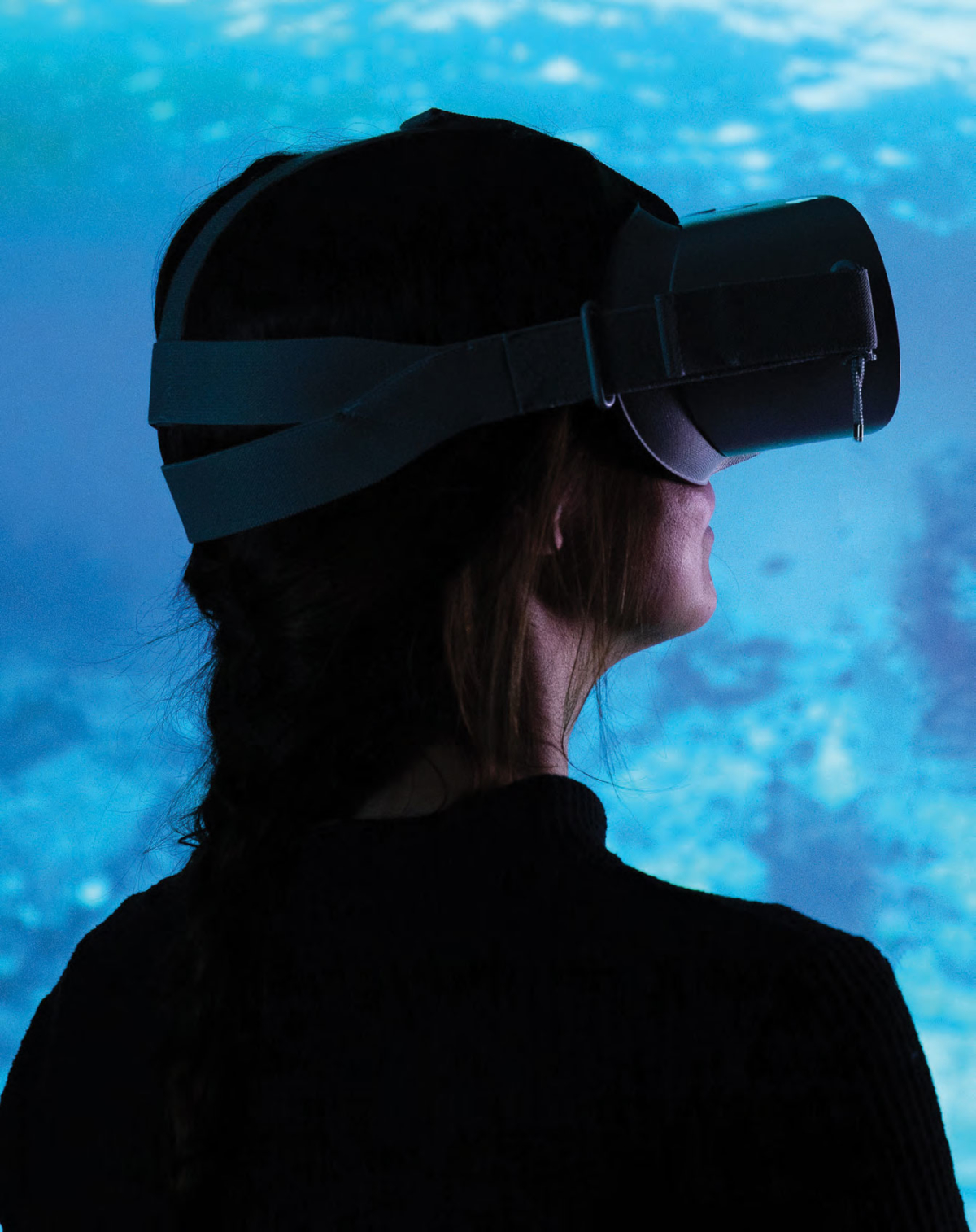One of the biggest obstacles to confronting climate change threats is how abstract they may seem to the non-scientist. We read the headlines and hear the data points about issues such as the increasing number of hurricanes, dwindling coral reefs, and the detrimental impact of acidification on the fishing industry. But in our day-to- day lives, this news coverage somehow fails to connect us with a need for immediate action.
Then again, we’re not a sea snail. Were we a sea snail, we’d have a very different point of view about climate change. We would feel the impact directly and understand the consequences first-hand.
This is where experience matters. If we were able to experience climate change ourselves, it could make the difference between passive awareness and empathetic action.
With research recently published in the journal Frontiers in Psychology, the results of four Stanford-led experiments proved how empathy and embodied learning can change a person’s point of view. The research took advantage of a virtual underwater ecosystem called the Stanford Ocean Acidification Experience (SOAE), which allows participants to enter into a virtual ocean world as a deep-sea diver and search for species — including sea snails — in a series of increasingly less vibrant underwater ecosystems.
Most people have never heard of ocean acidification — the process by which the ocean becomes more acidic as it absorbs carbon dioxide that has been emitted into the atmosphere. Virtual Reality helped participants experience underwater life from a first-person vantage point, and learn just how ocean acidification is killing off crucial organisms en masse.
An immersive experience like the one in the SOAE experiment has a certain level of shock value, but it’s really the act of using your body to learn that creates the impact and longevity of knowledge. As Jeremy Bailenson, one of the leading experts in Virtual Reality and co-founder of Strivr, says, “Moving your head and hands is the secret sauce here and what makes VR special.” In VR, this effect is called embodied cognition — the mechanism that causes the message or experience to resonate.

The participants in the Stanford study created deeper cognitive associations with ocean acidification and climate change science. In fact, when tested on their knowledge of ocean acidification, participants’ test scores rose over 100% once they completed the VR experience. And critically, they retained that knowledge more than three weeks later. This is not surprising. Studies have shown that retention rates for VR learning are often significantly higher than for traditional lecture style learning: 75% versus 5%.1
Bailenson and his colleagues took the SOAE to Congress to make a persuasive argument in front of various lawmakers of the tiny South Pacific island nation of Palau to demonstrate how climate change threatens local coral reefs. While Palau’s economy is heavily driven by tourism, many of the country’s politicians prefer fishing to snorkeling, and don’t often have a chance to witness firsthand the devastation that climate change is causing their reefs. Legislators came away from the experience empowered to share their takeaways with tourists and local students so they, too, would intimately understand the shift that is happening. Consequently, the Palau government passed a Call to Action to integrate climate change research into its ocean policy.
Witnessing climate change firsthand is far more impactful than simply hearing about it. Virtual Reality makes this possible, opening up an entire world that otherwise could not be accessed, and providing a connection that can rarely be produced through any other approach. The connection with that fragile piece of coral may just be the solution needed for the world to take notice.
- Virtual Reality: Opportunities for Learning? Masie.com Report, Jan. 2017
